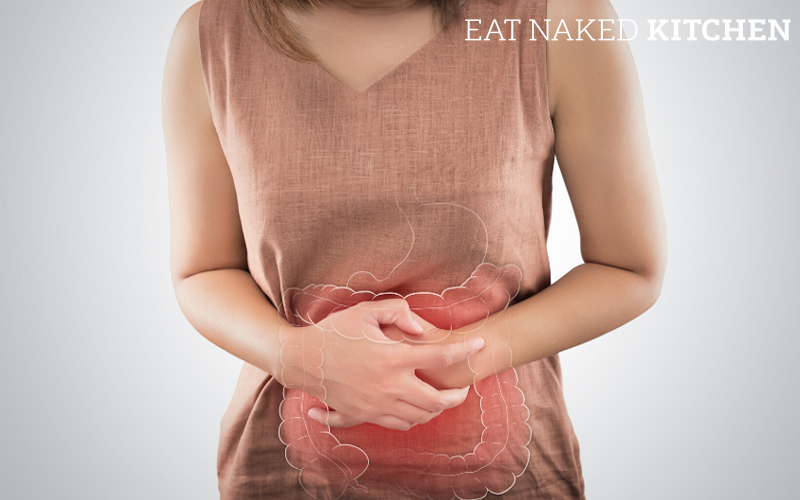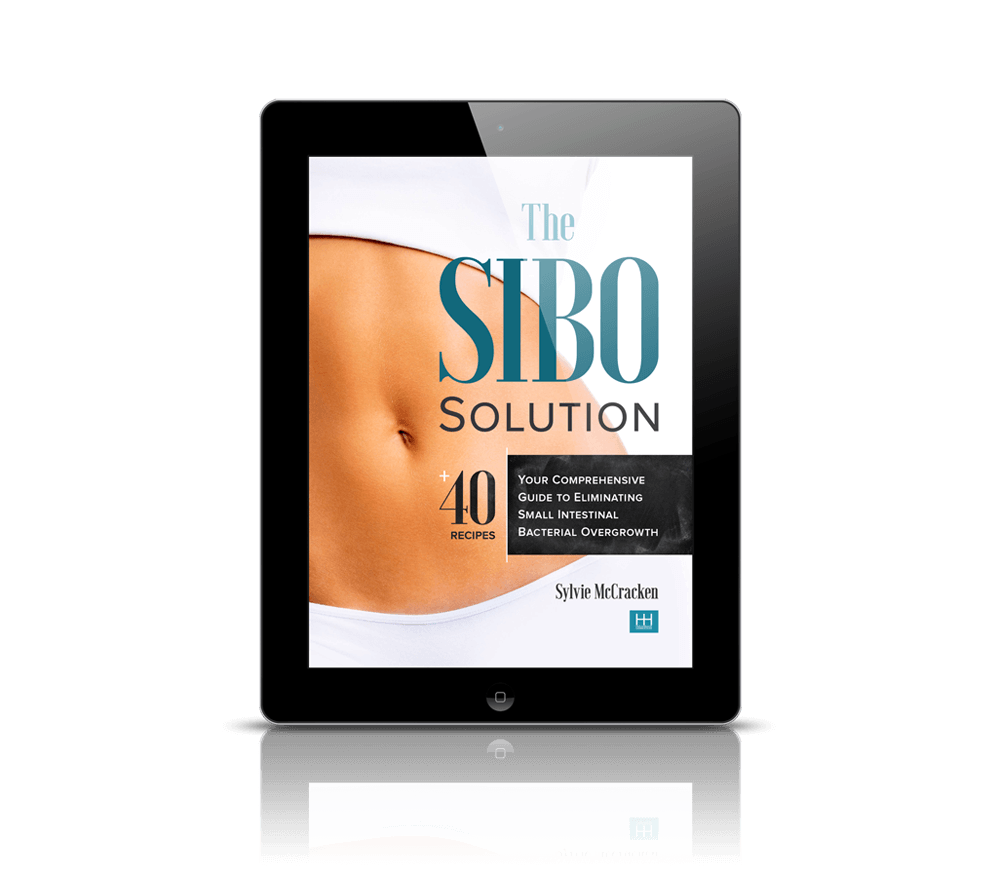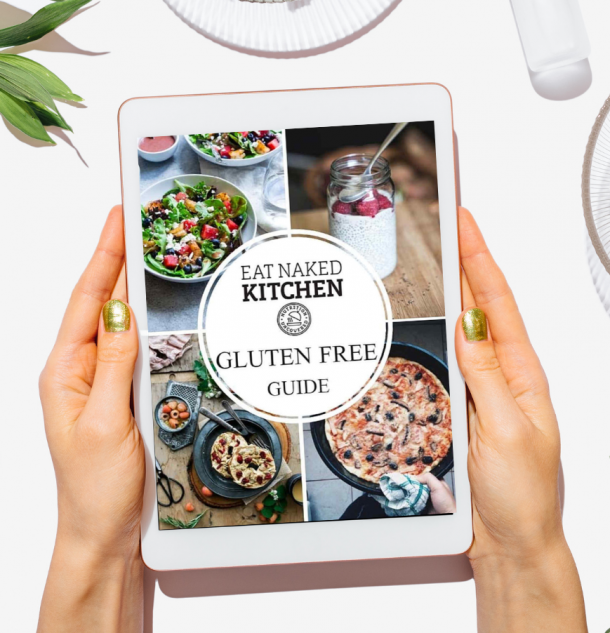On the surface, Sarah was doing everything right. Even after a thorough round of gut healing and working with food sensitivities, she felt better, but still only 70%. Nowhere near satisfactory for her or for me as her practitioner.
In the last few years, there’s been a flurry of research and clinical studies understanding this relatively recent addition to the suite of digestive issues, and its name is SIBO: Small Intestine Bacterial Overgrowth. Sounds a little gnarly, and it is.
By now most of us are well aware that bacteria play an integral role in our digestive process. The major focus on probiotic-rich foods and supplements will attest to this. When someone has SIBO, they have too much of the wrong bacteria in the wrong part of their digestive tract, specifically the small intestine instead of the large intestine where they are supposed to be much more abundant.
As anyone who’s made any kind of fermented food or beverage (like this and this and this) can attest, bacteria live on sugars. Carbohydrates are their food and bacterial consumption of these carbs is the essence of the fermentation process. The bacteria consume the sugars in the food and creates, for example, lactic acid which is what lends the mildly sour flavor to the food. In the process, they create gasses as a byproduct, which are responsible for that “pop” when you first open up your jar of cultured veggies or the fizziness of your kombucha.
Think about this in the context of your small intestine, an environment not designed for copious amounts of bacteria or with anywhere for that gas to go. The last stages of carbohydrate digestion and assimilation happen in your small intestine, basically creating a party buffet for any errant bacteria that has found its way in there. The bacteria consume their free lunch, fermenting the contents and creating gasses just like they would in your jar of cultured veggies. Except this is your small intestine – all that gas and pressure builds up and causes bloating, serious discomfort, and often a lot of gas. No fun.

I suspected that Sarah was suffering from SIBO and a breath test confirmed it.
Unfortunately, SIBO is one tough cookie to rectify clinically. In the land of digestive disorders, it’s a relatively recent addition and not yet well understood. There are different types of SIBO (methane-producing vs hydrogen-producing), the methods of diagnosis are still being fine-tuned, and recurrence rates are high. Not only do you need to eradicate the bacteria, you need to change the gut environment so that conditions don’t allow the bacteria to proliferate or move up from the large to the small intestine again.
In Sarah’s case, we dove into an aggressive healing protocol that combined a modified diet (starve off that bacteria as much as possible), with herbal anti-microbials (get rid of that overgrowth with minimal damage), deep gut healing (to repair the damage done), and functional support (to make sure her digestion was strong and thus prevent future recurrences).
It was a lot to take on.
This is why it thrills me to no end to share an excellent resource with you: The SIBO Solution by Sylvie McCracken of Hollywood Homestead.
When I learned that Sylvie was releasing this e-book, I immediately reached out to her to ask for a review copy. SIBO is incredibly complex and it’s difficult to explain all the intricacies to a client who’s struggling with it. Thus far there weren’t any simple yet comprehensive resources I could send clients to for more information or support in their healing journey.
I have to admit that I was skeptical. The existing resources on SIBO are scientifically dense even for me – and I wasn’t sure how Sylvie would distill all this into something that is both easy to understand and still thorough.
I am delighted to share that she has succeeded on both fronts. If you suspect you have SIBO or have been diagnosed already, this resource will help you understand what’s going on in your body and your options for treatment. Even if you’re already working with a practitioner, the SIBO Solution will give you a much better understanding of why you’re doing what you’re doing and what’s happening physiologically. Sylvie is generously giving our readers a 30% off limited time offer of her eBook, use code JULY2020 to grab your discount!
Sylvie will help you understand:
- What causes SIBO
- Common symptoms and your options for testing
- The difference between hydrogen and methane SIBO, and why it matters
- The options for treating SIBO – naturally and conventionally
- Your diet – how it contributes to SIBO and how you can change it both in the short and long term to get rid of SIBO and then prevent it from coming back
- Perhaps most helpfully, Sylvie has shared some great recipes. This is one of the most challenging aspects of dealing with SIBO – the dietary factors are incredibly complex, and figuring out what’s for dinner can be a true feat.
I know I will be recommending this resource to my clients with SIBO as a companion to our work together.
One important note: If you suspect you have SIBO, I strongly encourage you to seek the support of a qualified health practitioner who is experienced in working with clients with SIBO. Don’t try to do it yourself. It is incredibly complex and even though Sylvie has done a brilliant job of explaining the ins and outs, you’ll have a much higher chance of success if you work with a practitioner who’s familiar with all of these concepts and can customize them to you and what’s going on in your body specifically.
And Sarah? I’m happy to report that she’s now feeling much better, eating a much broader range of foods, and continuing to strengthen her digestion to prevent any future infections.





Trackbacks/Pingbacks